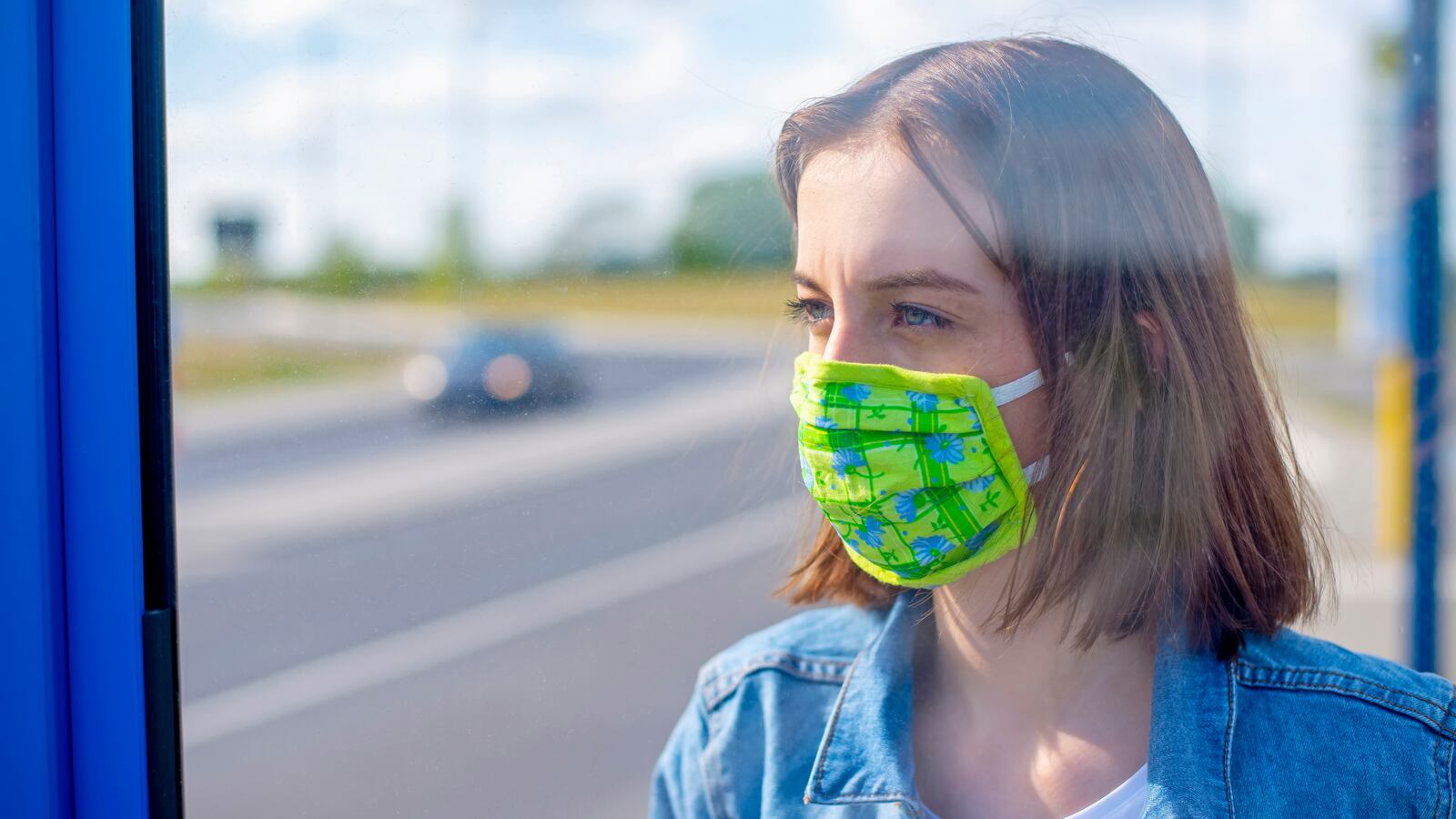Many of us have caught COVID-19 at this point. But when you think back to how you got it, chances are it felt a little random. The “rules of thumb” we shared about COVID spread were informed guesses at best, and are only starting to be proven out now. Take one of the big ones: The virus should peak in the winter, when colder weather makes people spend more time indoors, and rates should decline in the summer, when UV rays are the strongest and can deactivate viral particles.
This tip is a feel-true, but caseload data from summer 2020 seemed to show the opposite, as rates climbed even as temperatures peaked. Last summer did see a drop in cases, but this summer saw a slight increase compared to spring. So, what gives? A new study run by Qatari and French researchers and published Wednesday in PLoS One attempts to tease out the impact of weather on COVID-19—and its value in predicting future surges.
“Since the early stages of the COVID-19 pandemic, climate has provided an important reference point to explain the spread of the virus,” the researchers wrote in the study, adding that “weather forecasts could help predict new cycles of the pandemic and future outbreaks.” But climate encompasses a range of factors, so they set out to determine which ones might be most relevant to predicting the virus’ spread.
The researchers built a machine learning model that compared a country’s COVID-19 case data with meteorological and environmental variables, including UV radiation, wind speed, pressure, and humidity. The researchers then tested the model’s predictions of case counts in various countries and cities, finding that it explained 86 to 96 percent of case data based on information about a location’s climate.
Afterward, the team looked at the utility of each meteorological factor in predicting COVID-19 case numbers—UV was, predictably, the strongest indicator, meaning that low values corresponded to high case counts and vice versa. Temperature, pressure, and humidity also played relatively strong predicting roles in the model, while social factors like restrictions on outdoor gatherings did not factor heavily into the model’s predictions.
Based on these findings, the researchers reasoned that some contradictory data—high case counts in the summer, and lower ones in the winter—may be explained by a country’s approach to reducing the spread of COVID-19.
“There are numerous examples indicating that the cooler season in the northern hemisphere may have favored the spread of the disease, while warmer and more humid weather in late spring and summer has seen a substantial and rapid decline in transmission numbers, once the different containment strategies adopted worldwide are taken into consideration,” they wrote in the study.
Vaccination campaigns and mask-wearing will continue to play a larger role than the weather in shaping individual and population-wide risk for COVID-19 (“disease susceptibility is the main factor driving the pandemic growth,” the authors wrote.) But now we know that the daily forecast can be a useful tool for assessing one’s risk.







